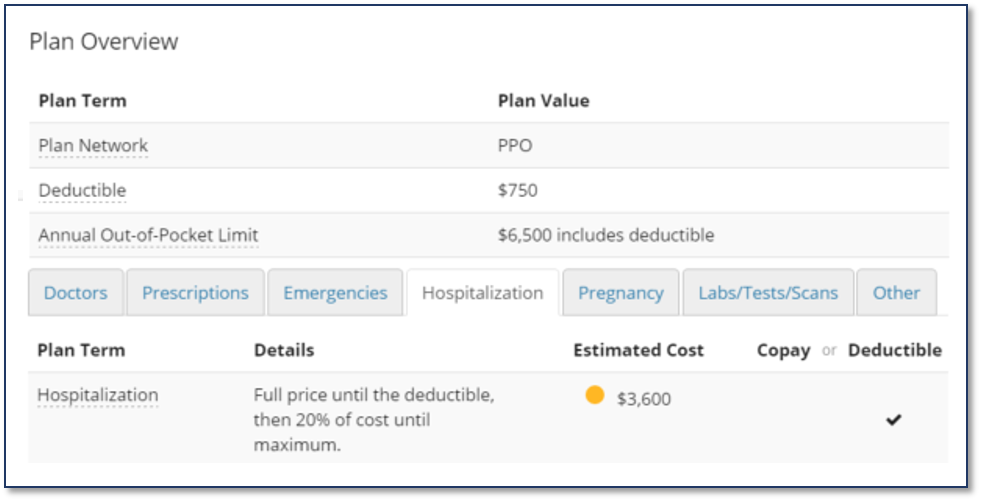

Let’s take a look at the differences between these variables – copay, coinsurance, deductible -in the table below: CopayĬopay is a set amount that is paid by the insured for charges such as prescriptions, doctor visits etc.Ĭoinsurance is the percentage of cost that is paid by the insured after meeting his/her deductible amountĪ deductible is the set sum of money paid by the insured for various healthcare services before the insurer starts paying for the policyĬopay varies depending on the type of treatment or visit

Key difference between Coinsurance, Copay, and Deductible The health insurance company pays for the remaining costs after the insured reaches the maximum out-of-pocket limits per year on their health insurance plan. This is the total amount of money spent on different features such as deductibles, copays and coinsurances. Out-of-pocket limit is an expense that the insured has to pay annually on their insured healthcare costs. For instance, if your plan offers an 80:20 ratio of coinsurance, it means that the policyholder pays 20% of the bill amount, while the rest 80% is paid by the insurance company. So, coinsurance in medical billing implies that the policyholder and the insurer share a particular medical expense. What is Coinsurance in Medical Billing?Ĭoinsurance meaning in health insurance is a portion of your healthcare bill that is settled by the policyholder after meeting their deductibles, while the rest is settled by the insurer. However, having a considerably small deductible is common in most health insurance plans.įor example, if the deductible amount on your health plan is INR 5000, you must pay that amount first before expecting contributions from the insurance company for your claims. Deductible amounts might vary depending on individual and family floater coverage. So, here, the insured has to pay a fixed amount before they start receiving insurance coverage. What Do You Understand by Deductible?ĭeductible is a fixed amount of money paid by the insured before his/her health insurance policy starts paying for claims. On the other hand, some specific conditions and services may be settled without any out-of-pocket charges being levied on the insured. Depending on the coverage offered and the particular plan, it may have deductibles or coinsurances along with copays. No, they are not necessarily used by all health insurance plans. So, the insured has to pay 10% of INR 10,000, which is INR 1000 to your insurer, while the rest INR 9000 would be paid by the insurer. Now, let’s say the cost of health service claimed is INR 10,000. The copay contribution is a fixed amount that is predetermined at the time of buying the policy.įor instance, let’s say the copay fixed is 10%. Copay meaning in health insurance is a sum of money that the policyholder must pay while claiming for a healthcare service such as doctor visits, prescriptions, urgent care, emergency room visit etc. View More Web-Stories What is Copay in Health Insurance?Ĭopay is the short form of Copayment.


 0 kommentar(er)
0 kommentar(er)
